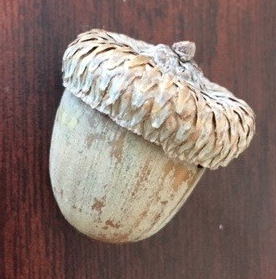Mar. 4: Here’s a way to describe God: the limitless wisdom within us.
And what is wisdom? I would include knowledge, truth, insight, experience, and grace. There must be more to it than that, because truth and experience vary widely among individuals, and they vary over time. Over centuries and generations, knowledge grows and develops. It is no longer possible, if it ever was, to learn all that is known. If God is the wisdom within us as a collective, then God must also change as in process theology.
For today, yes, I’ll “define” God as Infinite Wisdom. That would have to include the wisdom of all beings (not just human beings) and all of nature (including rocks, magma, electrons . . . ). And is there knowledge in this chair? Does it know something of the world? That cushion, that cup, that chalice, those prayer beads? We humans give them meaning related to their usefulness to us. Could they teach us something else if we paid close attention?
If any of that is so, and God has infinite capacity to grasp it all, then it is right and natural to praise God. Why ever not?
I took a long walk after writing that. Along the way my mind expanded God’s Infinite Wisdom to include the knowledge, experience, and wisdom of time and space, of wind and storm. These exist either in our minds as constructs or in effect, but they are simply what they are. Nature does what it does because of its nature, not for good or ill.
God is with us through and after storms of every kind because the God I imagine IS all-knowing and all-loving. God desires for us to move millimeters in the direction of knowledge, compassion, and love, but does not mind if we remain stuck. God is too busy loving us to be disappointed in us. We don’t know what we don’t know. Nor are we able to experience everything. Therefore we must rely on others to share through their words, touch, movement, and so forth. Whatever we imagine already exists at some level.
[to be continued, but feel free to comment from your own perspective!]

 Acorn?
Acorn? Art by
Art by 